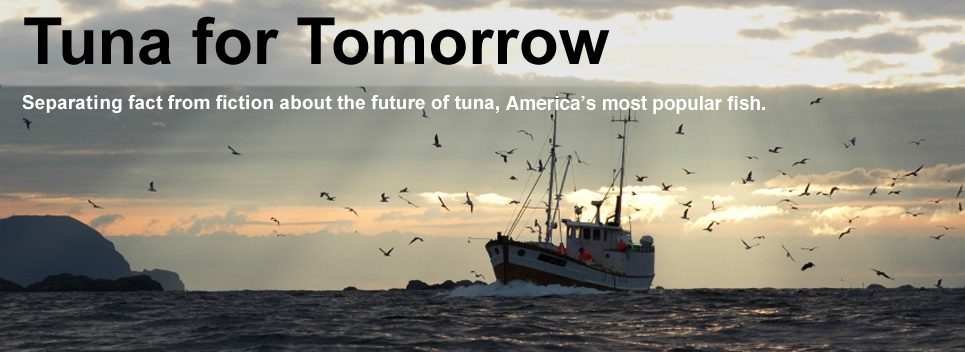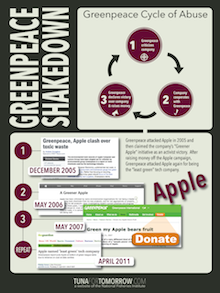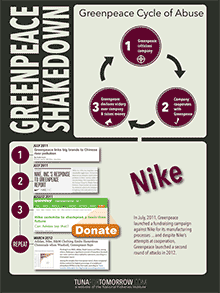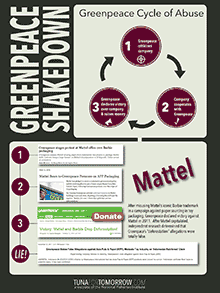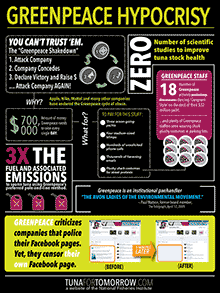Sailing the Indian Ocean equipped with Google Earth, binoculars, helicopters and a penchant for falsified data, Greenpeace activists aboard their personal cruise ship are desperately searching for a crisis. They’re not trying to “help end overfishing and create sustainable fisheries” as they claim, but rather pass off exaggerated and false information as the truth to get more donations.
Greenpeace campaigner Aaron Gray-Block writes that “all tuna species in the Indian Ocean region are showing signs of decline” and that “destructive fishing techniques such as purse seines with Fish Aggregating Devices (FADs)” are wreaking havoc.
But the International Seafood Sustainability Foundation (ISSF), a science-based organization that partners with the World Wildlife Foundation (WWF), conservationists and regional fisheries management organization (RFMOs), shows otherwise. According to ISSF’s data-driven analysis, there is no overfishing crisis. Scientists have found that Indian Ocean “stocks of bigeye, yellowfin and skipjack are not overfished and are not experiencing overfishing, and therefore no immediate management measures are needed for these stocks.” In addition, “bycatch rates for FAD fishing” in the Indian Ocean are “relatively low.”
Still, albacore stocks in the Indian Ocean are being overfished, and small amounts of bycatch are being caught. That’s where ISSF’s scientific research, advanced monitoring technology, fruitful collaboration with fisherman and innovative methods come in. Consider that ISSF scientists are tagging different fish species to collect detailed data, or that they’re studying ways to limit bycatch using an underwater census. ISSF has also proposed strong recommendations for the Indian Ocean Tuna Commission (IOTC), such as “reducing catches by at least 20% from the current level” and “adopt[ing] comprehensive catch retention measures for all purse seine-caught tuna.”
ISSF has proven that Greenpeace’s “solutions” come with very serious consequences. If Indian Ocean fisheries switch from purse seining to pole-and-line — Greenpeace’s be-all and end-all fishing method — it “would actually result in a six fold increase in catch of non-target species and double the fuel used in the fishery. It also costs more to catch a ton of tuna by pole-line than by purse seine.” Of course, Greenpeace failed to consider these costs because they do not conduct economic impact studies.
Obvious to everyone but Greenpeace campaigners, canvassing tuna fisheries requires more than random yacht patrolling, helicopter flybys and haphazard “analysis.” And since Greenpeace has long-since established that it prefers hosting dance parties, protesting in costumes and programming rigged video games, it’s best it stops making exaggerated claims and leaves the high seas altogether. The real experts are working.


